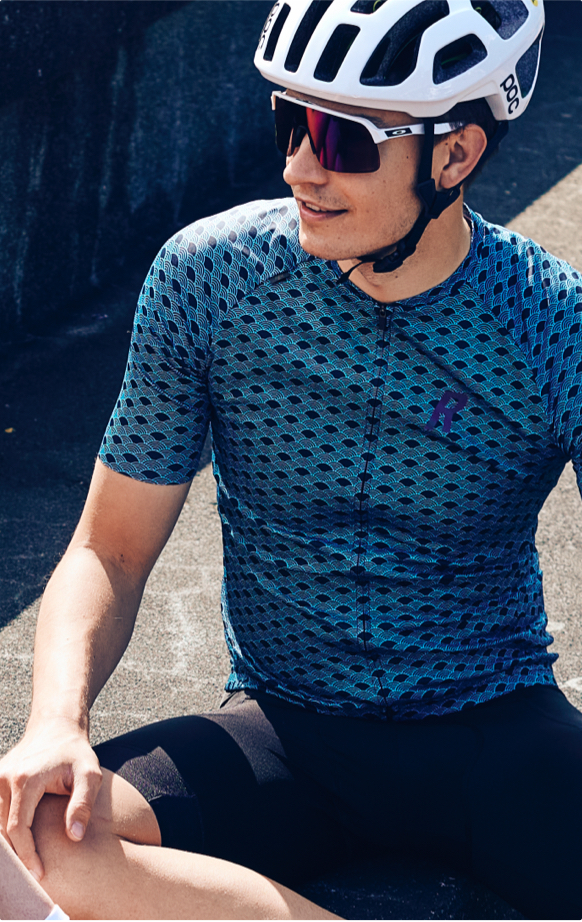Correctly break in and bed in disc brakes - a step by step guide
From modern urban bikes to hybrid bikes, mountain bikes to e-bikes – many high-quality bikes have disc brakes these days. But what made me a fan of disc brakes for every type of bike is their consistent braking power in all weather conditions, and that with little effort. Especially in hectic city traffic on a rainy day or on longer descents with the road bike, this type of brake gives me the necessary safety and control over my bike. On a new bicycle with disc brakes, it is very important that the brakes are properly broken in first thing. The aim of bedding in the brakes is to achieve the optimal braking performance and minimise unpleasant noises.
)
1. Breaking in the new pads and disc
First of all, you should know that there are different types of brake pads. There are organic and sintered brake pads. Organic brake pads are composed of various products of organic chemistry. Sintered brake pads consist of sintered metals. These sintered metals are pressed together with a lot of pressure and heat. Both brake pads must be worn in a bit for the first few rides:
To do this, simply let the brake drag slightly while riding slowly, adjusting the microscopic unevenness of the brake pads and brake disc.
Then start breaking them in:
- On flat terrain: brake approximately 15 times from a higher speed of 25 km/h
- On a hill: pull and release the brake several times
Important! Do not keep braking until the bike comes to a standstill. It is easier if you concentrate on one brake at a time. I recommend starting with the rear brake, followed by the front brake so you can get get used to the brake response.
2. Bedding in organic brakes
After wearing in the new brake pads, organic brakes need an extra step to bed-in properly and avoid “outgassing”. Heat up each of the brakes individually over a long distance. Repeat the above braking procedures until the brakes are hot enough for resin gases to vaporize. The brake pads should not overheat, so as to avoid glazing.
Make sure to repeat the whole procedure when changing out the brake pads.
Did you know?
Something most people don’t know (and was something I learned when writing this blog post): The first mechanical disc brake for bicycles was mounted on a racing bike in 1989 by the Czech cyclist Bob Sticha. In the 90s, this idea, which was initially ridiculed even by the trade press, was incorporated into the development of mountain bikes. The first brake series were produced at that time by Formula, Sachs and Hope. Mounting bikes have come with disc brake as standard for years, in the medium and upper price ranges exclusively as a hydraulic disc brake. Since the 2010/11 season, the UCI has also allowed disc brakes for use in Cyclocross races, and since then this technology has been gaining ground in Road cycling as well.
Have fun braking and cycling!
)
)
)
)